Craig’s comments today got me thinking – I should show the progression of the pattern developing. So this is for you Craig! These are all the same fish; this is one I’ve decided to keep for myself…looks like it lost a ventral fin in early fights but is otherwise a really nice fish (take note, you can see how the damaged ventral fin has regrown / regenerated…looks like the other atrophied). I’ll keep showing this fish in future progressions most likely.
August 8th, 2012

September 13th, 2012
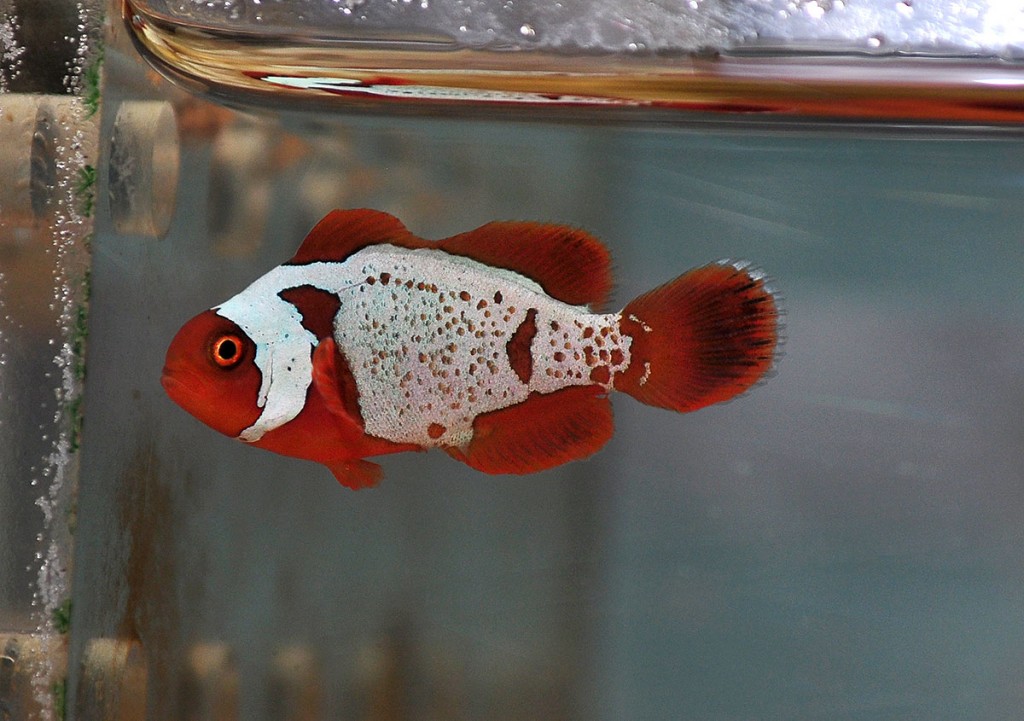
October 23rd, 2012
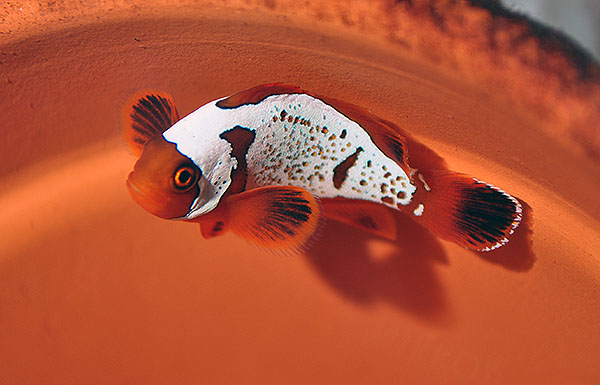
November 13th, 2012
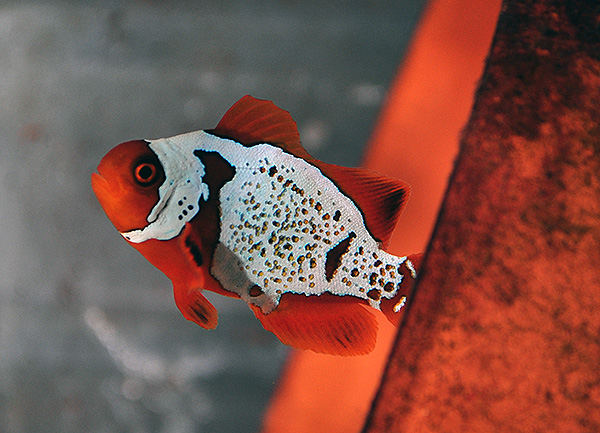
December 13th, 2012
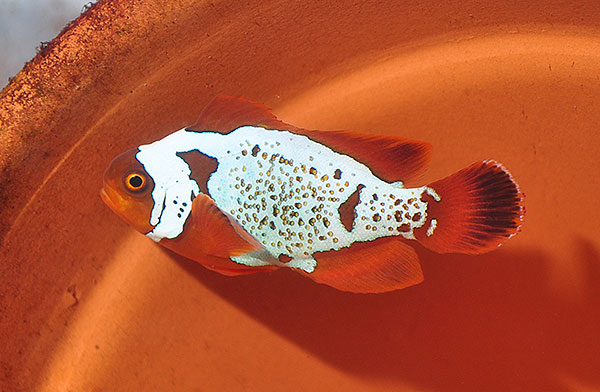
February 22nd, 2013
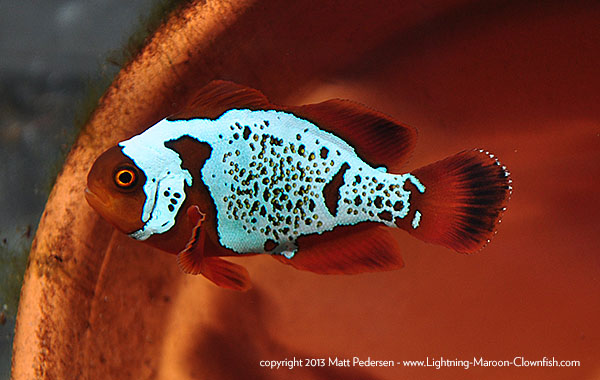
March 23rd, 2013
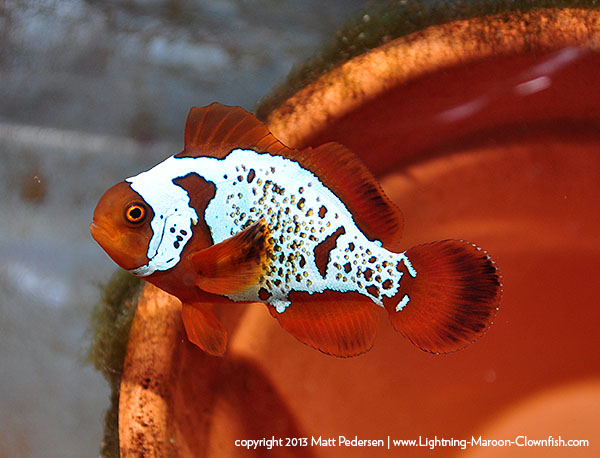
June 18th, 2013
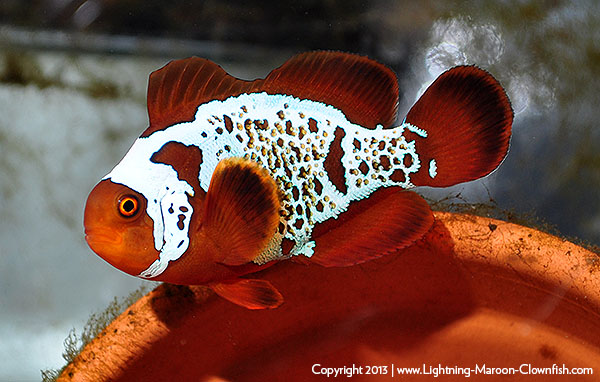
July 31st, 2013
August 28th, 2013
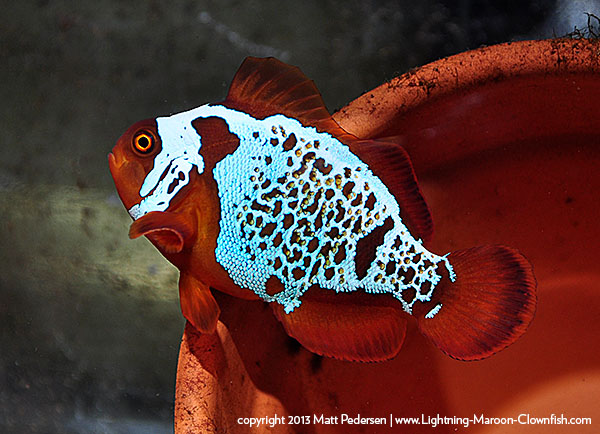
October 14th, 2013
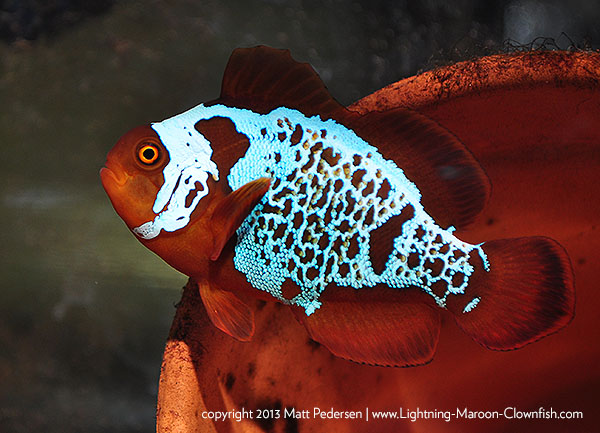
December 13th, 2013
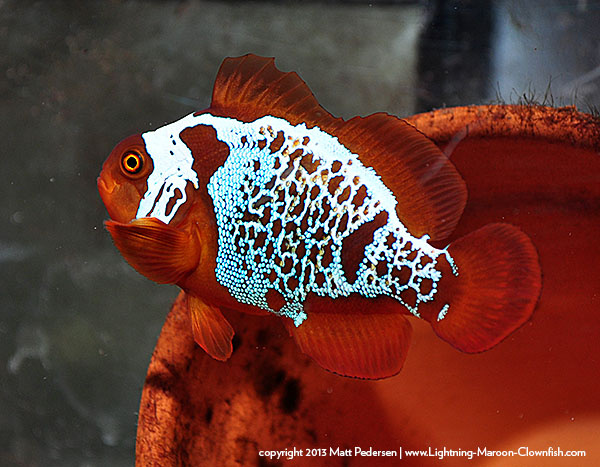
June 15th, 2014
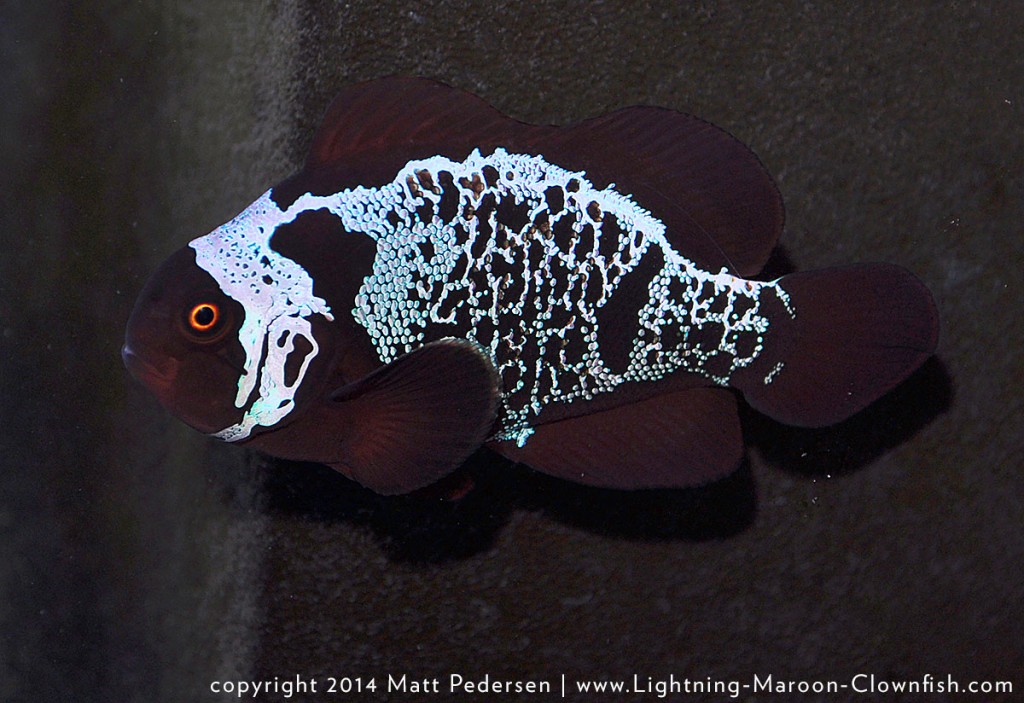
*NEW* November 3rd, 2015
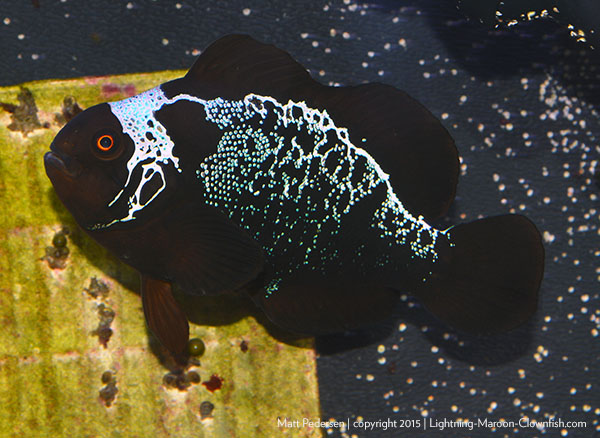
Update – 6/23/2013 – I talk about this frequently, but I realized I should add this commentary here, on the pattern progress post. Here’s my theory on what you’re seeing:
1 – “Lightning” Babies are very obvious compared to their white stripe siblings. They show up with tremendously thicker bars.
2 – For a certain period of time, as they grow, the white overbarring spreads and takes shape.
3 – Meanwhile, subtractive pattern development also starts occuring. You see it in the white areas first as pinholes and dots.
4 – As the fish grows, the areas of “white loss” continue to emerge, and to spread. What was once solid areas of white start to break up, with white scales giving way to red patterning inbetween.
5 – As the fish continues to grow and age, the red areas become ever more pronounced.
6 – It is my speculation that the “white loss” pattern development continues over the course of at least 2-3 years, but perhaps even longer. The original Lightning Maroon today seems to have less white than it did when it arrived 3 years prior. I suspect that the timeline from a captive-bred Lightning Maroon clown going from hatched to what we might consider a “true” Lightning Maroon..that is a fish showing the balance of white and red comparable to the original foundation fish, is going to take at least 2-3 years.
Considering that I’ve personally documented coloration development in Percula going up to 3 years out, this is completely not unheard of, but nothing to the extent of what the Lightning Maroons seem to present. I look at these fish and they way they are “patterning up” and I am floored – I never could have guessed that THIS is the mechanism by which the Lightning Pattern would be “created” on the fish. At this point it definitely takes vision to have complete buy-in to my hypothesis, but I’m thoroughly convinced I’m right. Which means that in the long run, hobbyists might buy a fish like the one from October, 2012 show above…and 2 years later have something completely different from that…and looking a lot more like the “Lightning”. How freakin’ cool is that – a fish that truly only gets better with age?!

Recent Comments